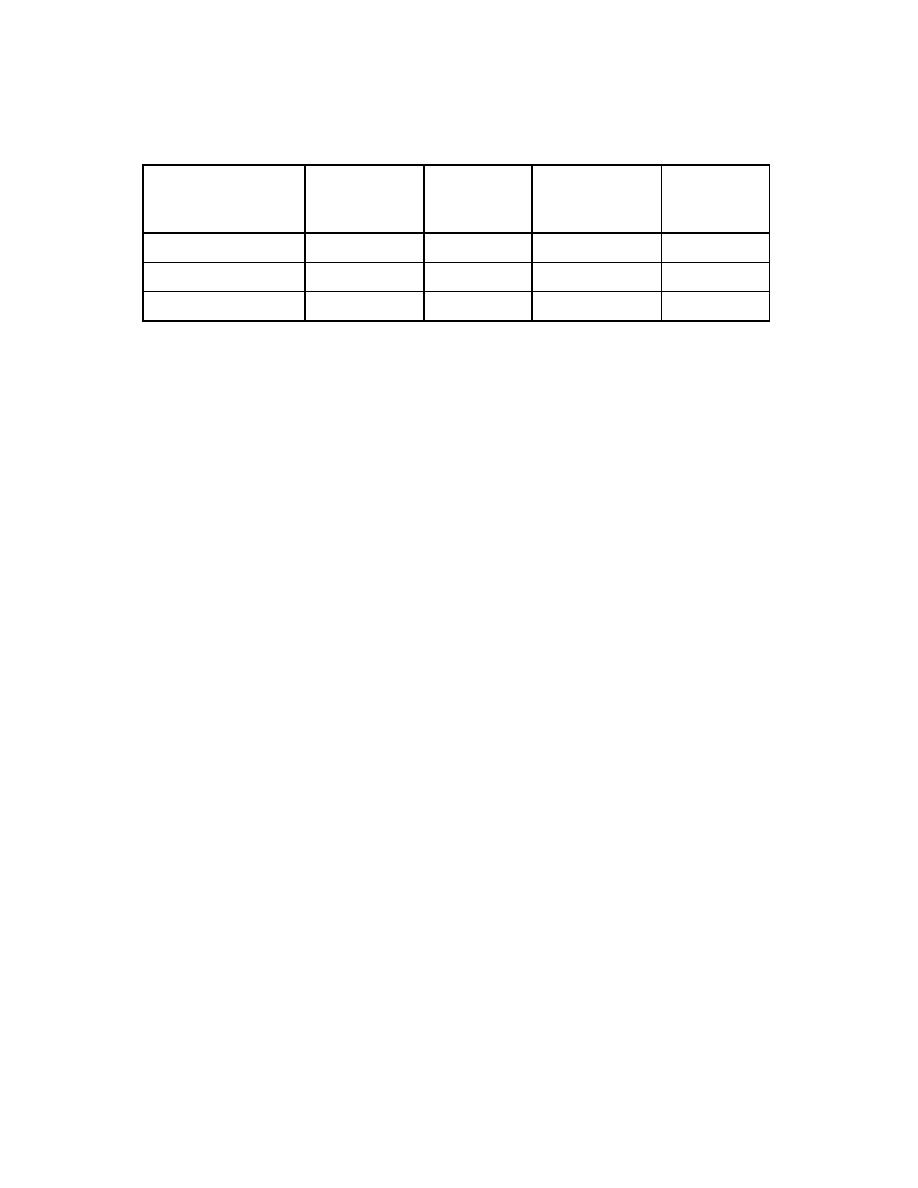 |
|||
|
|
|||
|
Page Title:
Determining the Free Gas Volume |
|
||
| ||||||||||
|
|  DOE-STD-3013-2004
Table B-2
Container Volumes
Free
Mass in
Material
Component
Interior
Volume in
grams
Volume in
Volume in
liters
liters
liters
Convenience Can
1.839
1580
vcc = 0.198
Vc = 1.839
Inner Can
2.266
1600
vi = 0.200
2.068
Outer Can
Vo = 2.602
4026
2.204
B.3.2
Determining the Free Gas Volume
B.3.2.1
Density Method
A straightforward method to determine the free gas volume of the container is to first estimate
the volume occupied by the contained material as the mass of material divided by the material
density:
Vm = m/ρ,
[26]
The free gas volume is then obtained by subtracting the volume defined in Equation [26] from
the container unoccupied volume given in Equation [5a]. The difficulty with this approach is that
the density is most likely unknown. To facilitate discussion, definitions of different types of
density are provided:
Bulk density: This is the mass of material divided by the volume that it occupies. In the case
of a powder, it is assumed to be the density achieved after the powder has been poured into
the container.
Crystal density: This is the density of a crystal of the material in question.
Particle density: For purposes of this discussion, the particle density is the density of the
individual particles of powder. This will be greater than the bulk density because the
interstitial gas spaces (see Figure B.1) are not included in the volume. It will be less than
the crystal density because the particles will have some porosity that cannot be accessed by
the gas. The particle density can be measured with a gas pycnometer.
The correct density to use in Equation [26] is the particle density. However, it is extremely
unlikely that the particle density of material in every container will be measured. Accordingly,
58
|
|
Privacy Statement - Press Release - Copyright Information. - Contact Us |